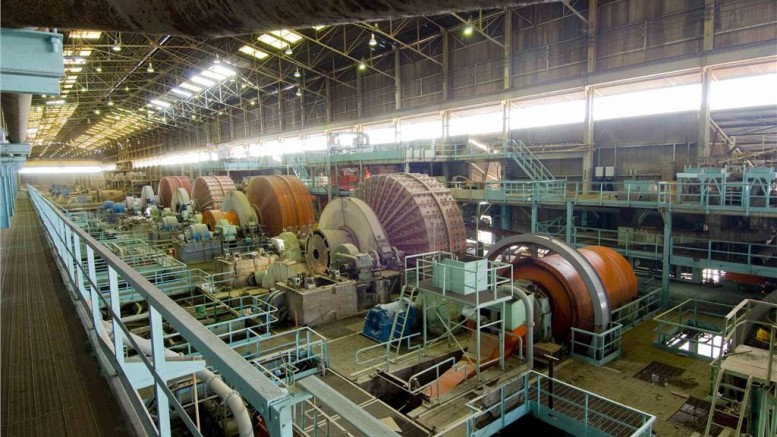Anyone needing a reminder of the tenuousness of the global cobalt market — which plays a major role in underpinning the global boom in electric vehicles (EVs) — need only look at the stark news on Nov. 6 that Glencore’s 75%-owned subsidiary Katanga Mining has suspended sales from its large Kamoto cobalt-copper mining complex in the Democratic Republic of the Congo (DRC), owing to uranium contamination of cobalt concentrates destined for export.
At press time on the day of the news, Katanga Mining shares closed down 23% to 49¢, compared to a multi-year peak of $2.67 on Jan. 3, 2018. Likewise, Glencore shares dropped 2.9% on the news in London trading.
Located in the DRC’s Kolwezi district, Kamoto had been slated to become the world’s largest cobalt mine during 2019 — cementing Glencore’s position as the world’s largest cobalt producer.
The wider Kamoto joint-venture project includes exploration and mining properties, the Kamoto concentrator, the Luilu metallurgical plant, the Kamoto underground mine and two oxide open-pit resources. While historic underground production at Kamoto dates back to 1969, modern-day commercial production restarted in June 2008, after the DRC Civil War.
Katanga says the total cobalt production impacted by the sale suspension amounts to 1,472 tonnes of finished cobalt, and the “low levels of radioactivity detected in the uranium to date do not present a health and safety risk.”
Katanga plans to keep producing cobalt concentrates at Kamoto at current rates and stockpile the output, as it carries out more surveys to find the source of the uranium, and explore various options to lessen the impact of the sales suspension.
If it gets government approval, Katanga intends to spend US$25 million building an ion-exchange system to remove uranium from cobalt on-site, with commissioning targeted for mid-2019, at which time the stockpiled production would be cleaned of uranium.
According to that timeline, sales and exports of Kamoto cobalt could resume by the end of 2019.
Katanga had previously forecast production of 11,000 tonnes cobalt for 2018 and 34,000 tonnes in 2019, in a total annual market for mined cobalt that stood at only 120,000 tonnes in 2017.
Before the Kamoto suspension, Glencore had expected to produce between 37,000 and 41,000 tonnes cobalt this year from its Katanga and Mutanda mines in the DRC, and as a by-product of its nickel mines in Canada, New Caledonia and Australia.
Cobalt traded at only US$21.21 per lb. on Nov. 5, down US$4 per lb. from the previous week, and well off the multi-year peak seen in March 2018, when spot prices hit US$43.32 per pound.
We’ll see how the cobalt price responds to the supply disruption in the weeks and months ahead.
Those most concerned with this new wrinkle in the cobalt market will undoubtedly be those in the consumer market who have not already locked down their cobalt supply contracts for 2019 — especially those in the global automotive industry that plan accelerated EV production next year, and need more cobalt to make the lithium-ion batteries that power them.
Battery applications now soak up more than half of the world’s cobalt mine production, and that figure should rise markedly in the coming years, as the global appetite only grows for battery-powered electronic devices, large-scale renewable power storage and EVs.
Large cobalt consumers for battery applications include high-profile multinationals such as Apple, BMW, LG Chem, Samsung C&T and Volkswagen, while China has added major cobalt refining capacity in recent years.
Tesla made headlines a few months ago when it said it would minimize cobalt usage in its cars, but the move is fraught with safety issues, as cobalt inhibits overheating and fires in vehicle batteries.
The DRC produces 60% of the world’s cobalt, and foreign cobalt miners in the country already had trouble earlier this year when the DRC imposed higher taxes on miners, and increased local ownership requirements on mining assets.


Be the first to comment on "Editorial: Kamoto halt highlights cobalt’s unpredictability"